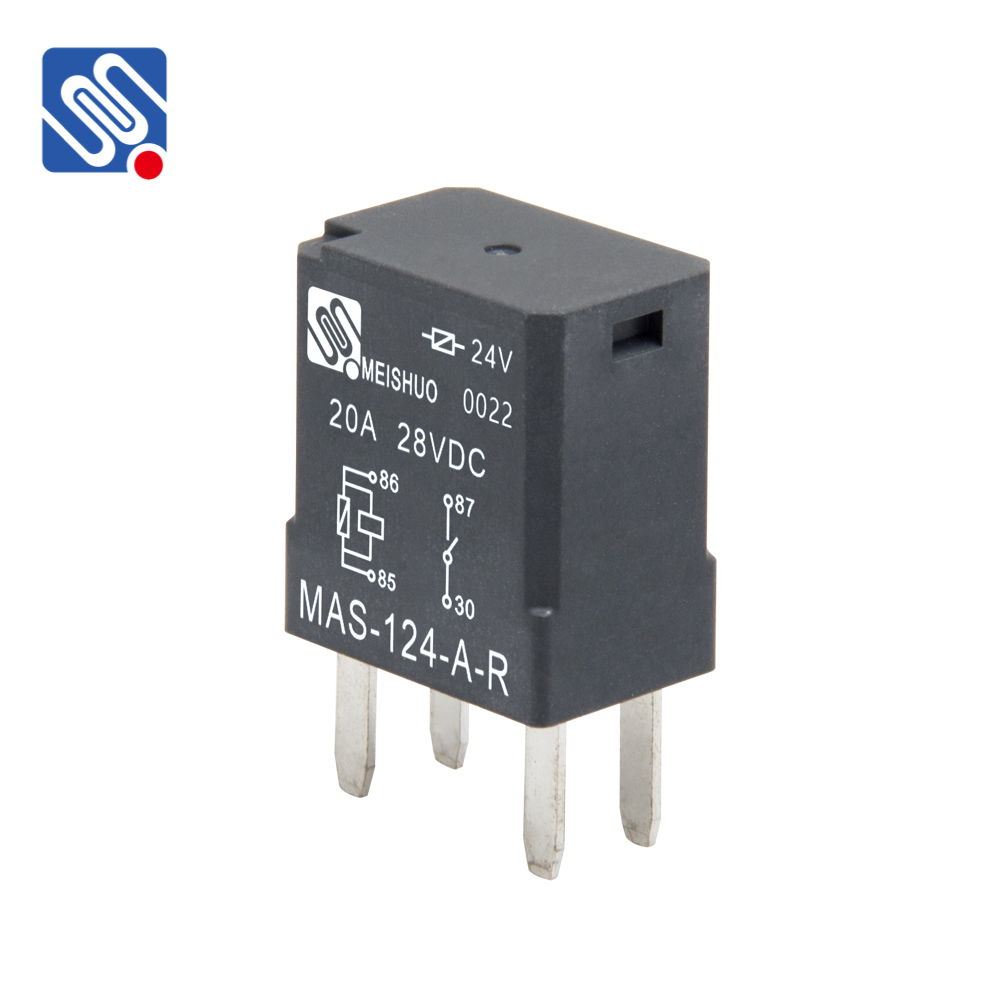The 24V 30A relay is a crucial component in various electrical systems, widely used for controlling high-power devices through a low-voltage signal. With its ability to handle significant current loads while being controlled by a much smaller voltage, it offers versatile applications across industries, including automotive, industrial automation, and home appliances. In this article, we will explore the key features, working principles, applications, and considerations when using a 24V 30A relay.

Key Features of the 24V 30A Relay A relay is an electromechanical switch that uses an electromagnet to open or close contacts within a circuit. The 24V 30A relay is characterized by its 24-volt DC coil voltage, which means it operates with a 24V direct current supply to activate the relay. Additionally, it can handle up to 30 amps of current on its contact side, making it ideal for controlling devices that require high power. Voltage and Current Ratings: The primary defining feature of the 24V 30A relay is its coil voltage of 24V DC and its ability to control high-current loads, up to 30 amps. This combination allows for the relay to be used in systems where relatively low voltage is needed to control high-power equipment. For instance, a 24V control signal can activate a 30A relay to power larger devices like motors, heaters, or lights.